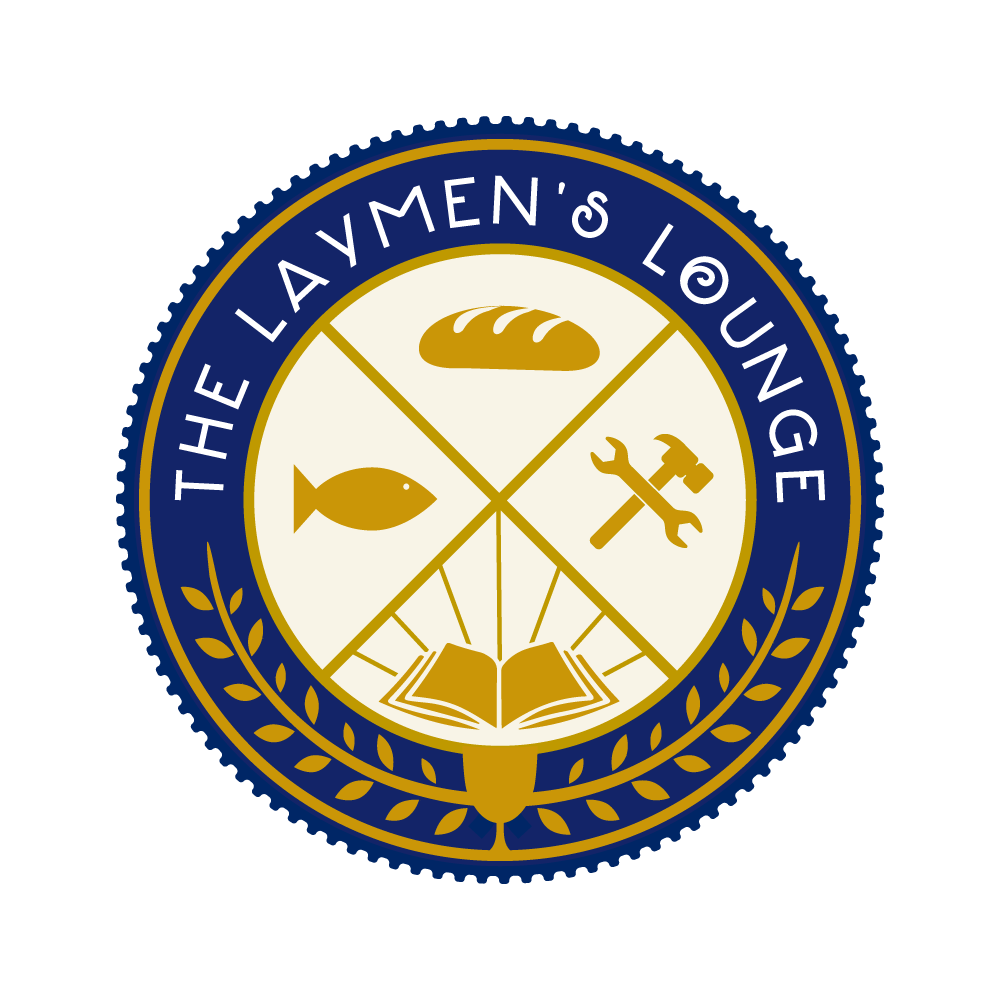“The Book of Common Prayer” seems amazing but having grown up Baptist I have no idea what this thing is and how its to be used. So, we wrangled in the editors of IVP’s release of “The 1662 Book of Common Prayer”, Samuel L. Bray & Drew Keane, and asked them everything you need to know on what this thing is all about, how to best use it for personal devotion, etc. Listen in as we ask them:
- Can you introduce yourselves perhaps sharing your background, involvement with the project of reprinting “The 1662 Book of Common Prayer”?
- What is the Book of Common Prayer, and what is the 1662 version and what are the other versions?
- Was it first written to teach folks, or bring unity, or to increase piety or correct errors or did it have some other desired function?
- How has this book been used through the years?
- There’s 767 pages in this thing and it’s a bit intimidating. Can you drill down in it for us giving us the forest and some trees?
- Of the 29 sections in the BCP where does the avg laymen spend much of his or her time, and is it all prayers?
- How much is spent alone, with the gathered church, at home with family, for special events, etc.?
- Can you walk us through a typical day’s reading for say, April 8th or something like that?
- How can the BCP be used if Im happy with my church and tradition, but think there could be benefit?
- How best used individually and devotionally?
For a bunch of Book of Common Prayer resources see here

Drew N. Keane is a lecturer in the Department of Writing and Linguistics at Georgia Southern University. From 2012 to 2018, he served on the Standing Commission on Liturgy and Music for the Episcopal Church. Among the volumes he contributed to was Lesser Feasts and Fasts.

Samuel L. Bray is a professor of law at the University of Notre Dame, as well as a McDonald Distinguished Fellow at the Center for the Study of Law and Religion at Emory University. He is a coauthor, with John F. Hobbins, of “Genesis 1-11: A New Old Translation for Readers, Scholars, and Translators.”


